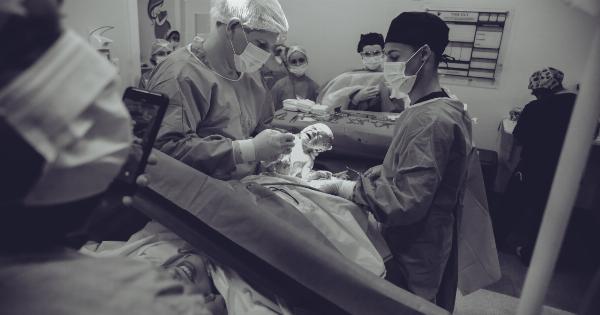Thrombosis, characterized by the formation of blood clots in blood vessels, is a potentially dangerous condition that can lead to serious health complications if not detected and treated in time.
Blood clotting is a natural process that helps to prevent excessive bleeding after an injury. However, when blood clots form inside blood vessels without a valid reason, they can obstruct blood flow and cause significant health problems in various parts of the body.
1. Unexplained Swelling and Pain in the Legs
One of the primary indicators of thrombosis is unexplained swelling and pain in the legs. When a blood clot forms in a vein in the leg (deep vein thrombosis or DVT), it can lead to swelling, redness, and discomfort.
The affected leg may feel warm to the touch, and movement can exacerbate the pain.
2. Chest Pain and Shortness of Breath
If a blood clot develops in the deep veins of the legs, it may eventually break free and travel to the lungs. This condition, known as pulmonary embolism, causes chest pain and shortness of breath.
It is a life-threatening situation that requires immediate medical attention.
3. Persistent Coughing or Coughing up Blood
In some cases, a blood clot in the lungs can cause persistent coughing or coughing up blood. If you experience coughing that lasts for more than a week or notice blood in your phlegm, it is essential to seek medical advice promptly.
4. Pain and Tenderness in the Arms
Thrombosis can also affect the veins in your arms, leading to pain and tenderness. The affected arm may feel heavy and appear swollen.
If you notice these symptoms, especially after a recent surgery or prolonged immobility, it is crucial to consult a healthcare professional.
5. Discoloration and Warmth on the Skin
When a blood clot forms, it can restrict blood flow to the affected area, leading to skin discoloration and warmth. If you notice redness, particularly along a vein, or the skin feels warm to the touch, thrombosis may be a possible cause.
6. Headaches, Dizziness, and Blurred Vision
In some cases, blood clots can develop in the veins that drain blood from the brain, leading to severe headaches, dizziness, and blurred vision.
If you experience these symptoms, especially if they are recurrent or remain unexplained, it is vital to seek medical attention promptly.
7. Abdominal Pain and Vomiting
In rare cases, a blood clot can form in the veins that drain blood from the intestines. This can result in severe abdominal pain and vomiting.
If you experience prolonged abdominal discomfort or notice blood in your vomit, it is crucial to consult a healthcare professional immediately.
Recognizing the subtle signals of thrombosis is crucial for early intervention and prevention of potentially serious health issues.
If you experience any of the aforementioned symptoms, it is essential to consult a healthcare professional to determine the underlying cause and receive appropriate treatment.
Remember, thrombosis can occur in anyone, but certain factors can increase the risk. These include prolonged periods of immobility, recent surgeries or trauma, obesity, smoking, and certain medical conditions like cancer and heart disease.
Maintaining a healthy lifestyle, staying physically active, and following your healthcare provider’s advice can significantly reduce the risk of thrombosis.
In Conclusion
Thrombosis, also known as blood clotting, is a serious health concern that can have potentially life-threatening consequences when left untreated.
Recognizing the subtle signals of thrombosis is crucial for early intervention and prevention of serious health troubles. If you experience any of the mentioned symptoms, it is vital to seek medical attention promptly to ensure prompt diagnosis and appropriate treatment.



























